- myFICO® Forums
- Types of Credit
- Credit Cards
- Re: How to Use A High Limit and a Low Limit
- Subscribe to RSS Feed
- Mark Topic as New
- Mark Topic as Read
- Float this Topic for Current User
- Bookmark
- Subscribe
- Mute
- Printer Friendly Page
How to Use A High Limit and a Low Limit
Is your credit card giving you the perks you want?
Browse credit cards from a variety of issuers to see if there's a better card for you.
- Mark as New
- Bookmark
- Subscribe
- Mute
- Subscribe to RSS Feed
- Permalink
- Report Inappropriate Content
How to Use A High Limit and a Low Limit
Do I keep one as an emergencies only card? Do I reserve the high limit card for a major purchase only? Little help here please!
- Mark as New
- Bookmark
- Subscribe
- Mute
- Subscribe to RSS Feed
- Permalink
- Report Inappropriate Content
Re: How to Use A High Limit and a Low Limit
A good rule of thumb with CC's is to only use what you can immediately pay back. Understand each card's annual fees, APRs, rewards programs, and any other specifics.
- Mark as New
- Bookmark
- Subscribe
- Mute
- Subscribe to RSS Feed
- Permalink
- Report Inappropriate Content
Re: How to Use A High Limit and a Low Limit
salutations01 wrote:A good rule of thumb with CC's is to only use what you can immediately pay back. Understand each card's annual fees, APRs, rewards programs, and any other specifics.
+1 I like this answer
OP welcome to the forum
Research what each of your cards offer and the best value you can get from your particular spending habits
Have you done your research of the CC?
Does it fit your spending?
Do you have a plan for the bonus w/o going into debt?
Can you afford the AF?
Do you know the cards benefits? Is it worth the HP?
- Mark as New
- Bookmark
- Subscribe
- Mute
- Subscribe to RSS Feed
- Permalink
- Report Inappropriate Content
Re: How to Use A High Limit and a Low Limit
@Anonymous wrote:
Okay so I have a regular Capital One Platinum credit card with a $1000 CL and a Capital One Quicksilver Rewards credit card with a $300 CL. I want to be responsible and utilize them both so what's the best way to do that?
Do I keep one as an emergencies only card? Do I reserve the high limit card for a major purchase only? Little help here please!
They are both Capital One cards, so you can be confident in using them. Technically, each can be charged up nearly to the limit, but as everyone will note, you should only charge what you can pay back.
With the FICO scoring, and only two cards, you will want to ensure that at least one of the cards reports some sort of balance. This doesn't mean carrying amounts over past the payment due date, to start paying interest, it just means that when the statement is printed, at least one of the cards needs to have some amount listed as open/owed on that statement. If one card is used consistently and always repots some balance from this month's charges, then PIF before the payment due date, that is fine.
You can use both cards, and that will help with building your credit with Capital One. The Platinum card likely doesn't have any rewards, but it's a way to put some small charges on each month, pay in full after the statement prints, and keep showing activity. The APR is likely pretty high, so you don't generally want to pay that interest rate.
The Quicksilver will earn some rewards, so you may end up using that more. With the $300 limit, you can pay frequently during the month if you find expenses are pushing near the limit. This card may find a CLI at some point, but it is best not to get so close to the limit that there is any risk of going over the limit. Set up Capital One so it knows your checking account to be able to pay electronically, then use the Capital One website to schedule payments.
For the longer term, you will want to try to keep at least one (or both) of these Capital One cards open. The reason is, as you build history with Capital One and your scores improve, and you keep a card open to be loyal to CapOne, your next app a year or two from now will see a larger credit line on that approval. Some folks have closed all their CapOne cards, then when they come back to app something better, find they didn't get the limit they thought they deserved, or wanted.
Good luck!
Oct 2014 $46k on $127k 36% util EQ 722 TU 727 EX 727
April 2018 $18k on $344k 5% util EQ 806 TU 810 EX 812
Jan 2019 $7.6k on $360k EQ 832 TU 839 EX 831
March 2021 $33k on $312k EQ 796 TU 798 EX 801
May 2021 Paid all Installments and Mortgages, one new Mortgage EQ 761 TY 774 EX 777
April 2022 EQ=811 TU=807 EX=805 - TU VS 3.0 765

- Mark as New
- Bookmark
- Subscribe
- Mute
- Subscribe to RSS Feed
- Permalink
- Report Inappropriate Content
Re: How to Use A High Limit and a Low Limit
I have the same two cards but at the same limit, here is what I'm doing. I'm running just about all my normal expenses through my QS1 if I can, and then using the Platinum when the QS1 gets close to the limit. Pay off the QS1 which usually posts about 12 hours after I pay online and repeat. Everything I've read here says that Cap One likes to see lots of usage and you usually get better CLI if you're maxing and paying off multiple times per month. I try to use the QS1 much more than the platinum because of the rewards. 1.5% doesn't sound like all that much but it can add up fairly quickly when you're paying all your bills on it. You get nothing out of using the platinum that much.
Cap1 QS-$4,500 Chase Freedom Flex- $800 Chase Freedom Unlimited- $1,000 Victoria's Secret- $1,200 Citi DC- $800 Amazon Store Card- $3,500 AMEX Hilton Honors-$1,000 Discover It-$1,000 Wal-Mart MC $290 Chase Sapphire Preferred-$5,000 NFCU Flagship $13,800 AMEX BCE-$1,000 AMEX Gold-$5,000 AMEX Delta Blue $1,000 Lowe's $5,000 Navy Platinum $17,000 AMEX BBP $2,000
- Mark as New
- Bookmark
- Subscribe
- Mute
- Subscribe to RSS Feed
- Permalink
- Report Inappropriate Content
Re: How to Use A High Limit and a Low Limit
As others have voiced, only charge what you can pay back. For years an open credit line was a license to spend for me and I am still paying down that debt.
My wife and I started using YNAB (You need a budget) and that has made a very positive change in the way we use our credit cards. YNAB is currently free for 34 days if you want to check it out.
My wife has a 1.5% cash back Capitalone card. The limit is at $1,000 and we generate a few extra dollars every month (who am I kidding, it is usually $20-$22 per month). This was a huge change, not only are we not paying interest, capitalone is paying us to use their card for everyday expenses! With the low limit we pay off her card 1-3 times a month as we buy groceries and pay ANY bill that does not have a credit card convience fee.
I would recommend only letting a small balance report on the statement as carrying any balance will really mess with the utilization % and have a negative impact on your credit score.
- Mark as New
- Bookmark
- Subscribe
- Mute
- Subscribe to RSS Feed
- Permalink
- Report Inappropriate Content
Re: How to Use A High Limit and a Low Limit
For the Platinum card you should find a recurring bill that is small and have it go on that card every month. Set the account up for automatic payments so that it gets paid on the due date. This will show usage every month to the credit bureaus.
For the Quick Silver Card you should charge everything on it and stop using cash for anything. If it is the QS1 card then you have the fee that comes with that card and the more you charge the better you will be to recover that fee. You should only charge what you can afford to obviously. You should also set up to have the account paid in full each statement date. You should also pay the account of often anyway in addition to the statement due date payments. So basically; charge, pay, repeat, but also set up automatic payments for safety.
If you have no plans to open any new accounts for a while then you don't need to worry if you have the card charged to the max. Using more than 40% of the credit line will impact your score, but it is easy to correct when you want to get a new credit card by paying it down right before the statement date. Then apply for a new card after the statement has posted and reported to the credit bureau.
At the one year mark, before the Annual Fee (AF) is due or right after upgrade the Platinum to the QS, not QS1 card. Also do the same if the Quick Silver you have is the QS1 card. After the upgrade ask for credit limit increases on both cards. If you want better chances of getting a CLI (Credit Limit Increase) on the Platinum card then charge extra to it starting three or four months before the AF date and pay in full (PIF) after the statement has cut and by the due date. CapOne likes to see usage and good payments to give CLIs. I think I have seen just about every letter they have on the subject of CLIs. I have been with them for a while now.
After you have built your score up you can then try for better rewards cards out there. I used Merrick Bank and them to rebuild my credit. Now just about every bank wants me to have a card with them. Take you time to either build or rebuild, it is well worth it. Last year I got financed for a car at the best interest rate available. I wish you the best of luck and remember let credit cards work for you.
Pay in full each month, don't pay interest.
Always follow these rules: Only take a HP for a new account. Always use the best rewards card for that reward category. Don't close a card unless you know you really should. Never use more than 35% of a credit limit. Recon as much and as best you can. Use the introductory period to the best advantage. Get the signup bonus. Whenever possible PIF or balance transfer so you pay less in interest. Never give an excellent rating when it is actually the norm. Always look for a discount as more is always better.
Always accept candy from strangers because they have the best candy or from people you know have good candy.
- Mark as New
- Bookmark
- Subscribe
- Mute
- Subscribe to RSS Feed
- Permalink
- Report Inappropriate Content
Re: How to Use A High Limit and a Low Limit
@Anonymous wrote:
Okay so I have a regular Capital One Platinum credit card with a $1000 CL and a Capital One Quicksilver Rewards credit card with a $300 CL. I want to be responsible and utilize them both so what's the best way to do that?
Do I keep one as an emergencies only card? Do I reserve the high limit card for a major purchase only? Little help here please!
The best way is to use them both frequently and pay them right off before the statement date, even multiple times per month. If you have a small balance report on one of them (by small I mean 9% or less) that's fine too. With this system you'll get automatic CLI's from Capital One without even asking for them and you'll be optimizing the credit card part of your FICO score.
Then wait awhile, ideally 13 months, and apply for a 3rd bank card.
Instead of saving them for emergencies and big purchases, do the opposite. Make $10 and $15 purchases on them, and pay them right off. It's emergencies and big purchases that get you into trouble. Try never to use cards like that for emergencies or big purchases, because they have very high rates of interest.

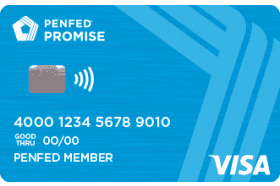

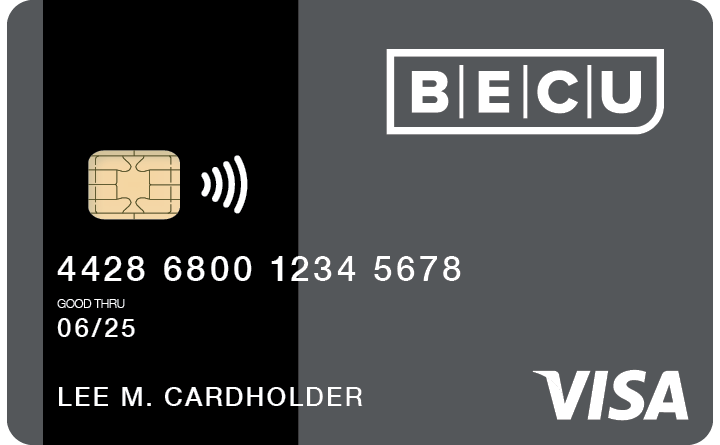
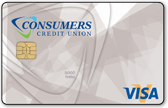
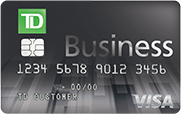
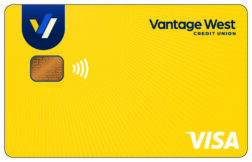
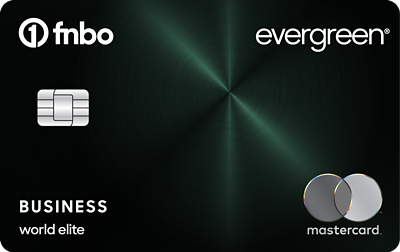
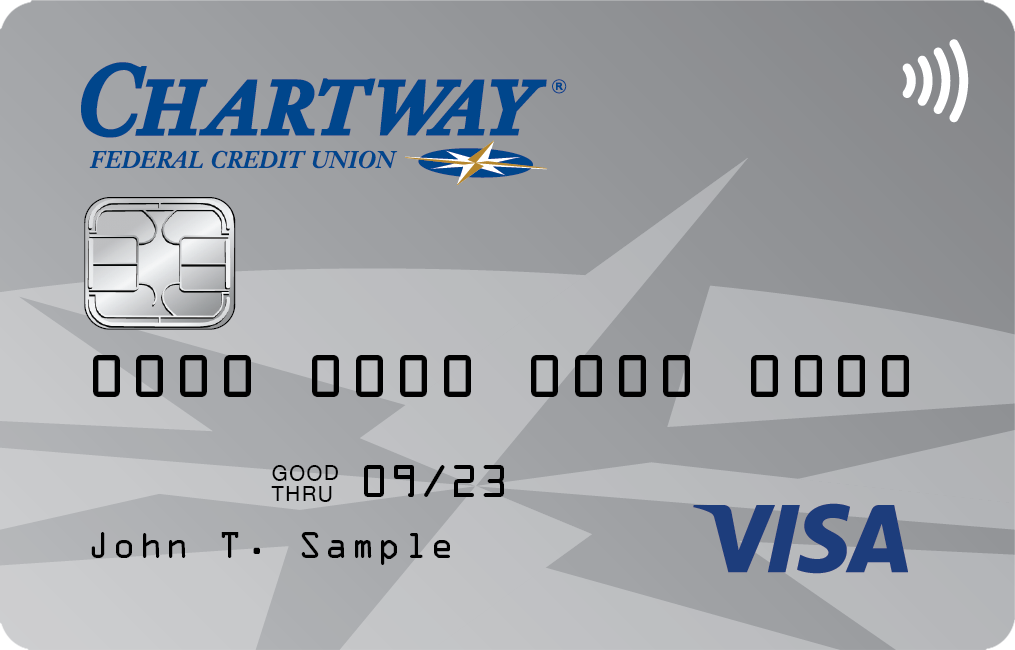


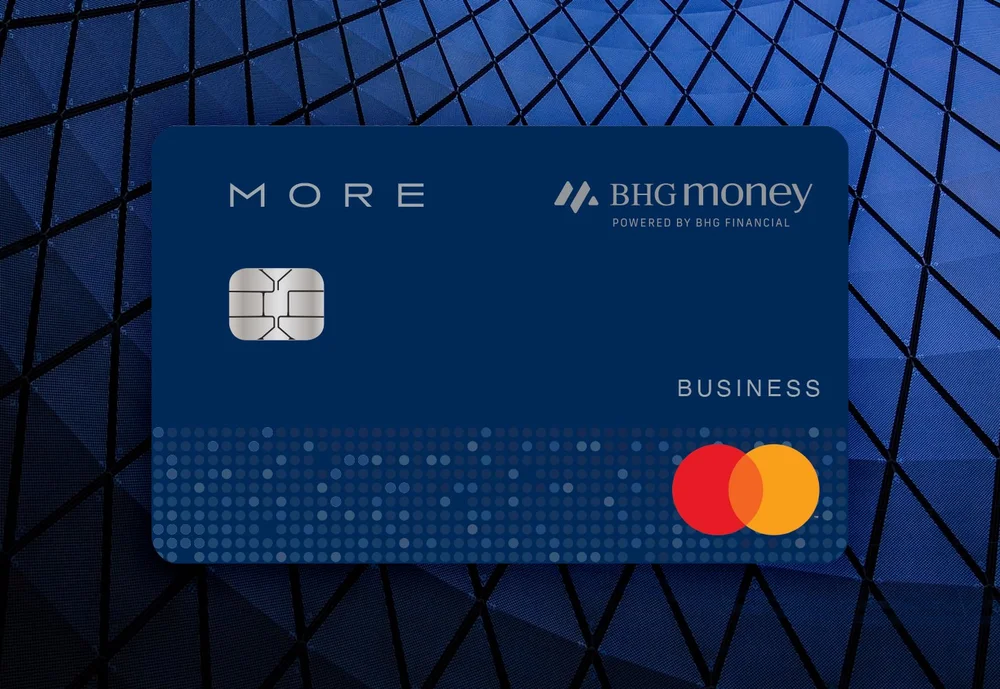
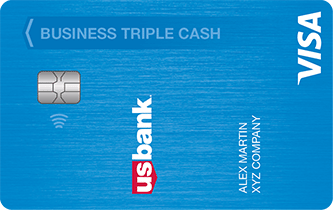

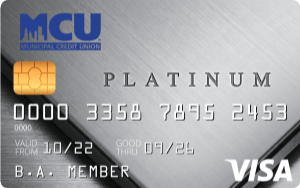
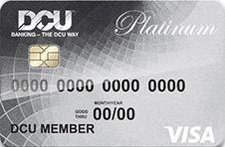
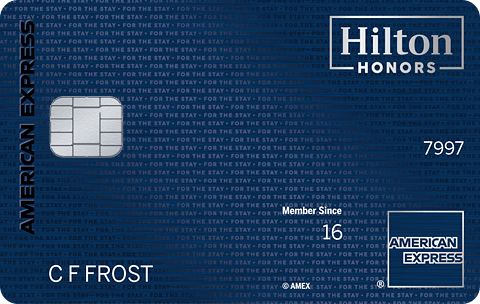
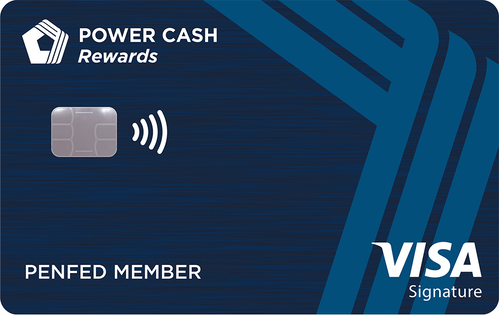
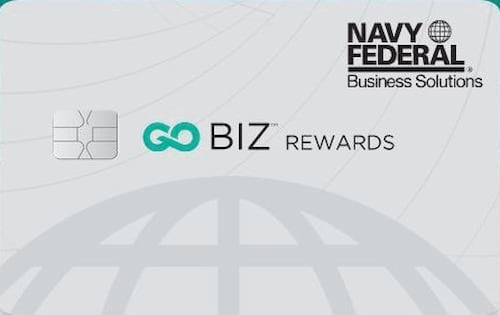
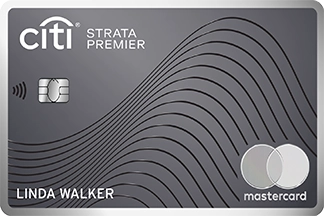
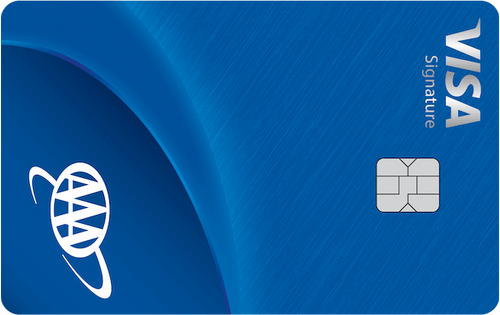
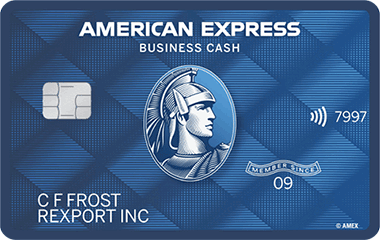
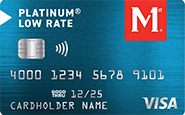
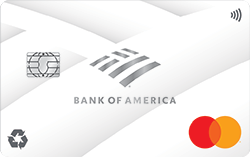

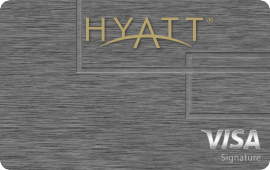
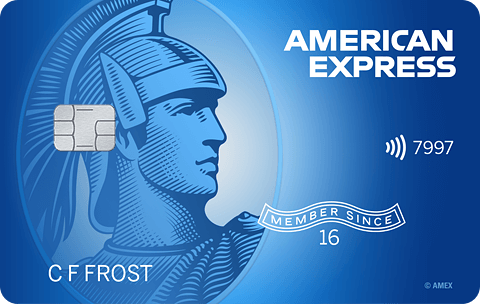
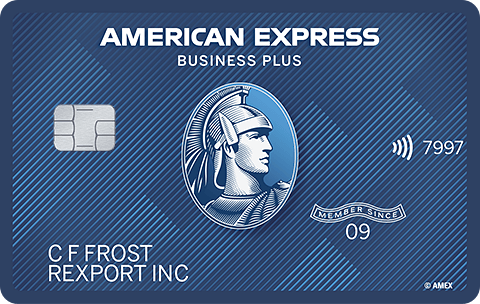



Total revolving limits 568220 (504020 reporting) FICO 8: EQ 689 TU 691 EX 682
- Mark as New
- Bookmark
- Subscribe
- Mute
- Subscribe to RSS Feed
- Permalink
- Report Inappropriate Content
Re: How to Use A High Limit and a Low Limit
Use the cards for spending you would make under any circumstance.
PIF before the due date.
Be careful that having/using doesn't change your spending. One of the
bigger potential downsides to credit cards is the tendency to increase
discretionary spending. Be aware and resist it.
 850 FICO8 since 2015, Thanks MyFICO - 5+ years since last HP
850 FICO8 since 2015, Thanks MyFICO - 5+ years since last HP